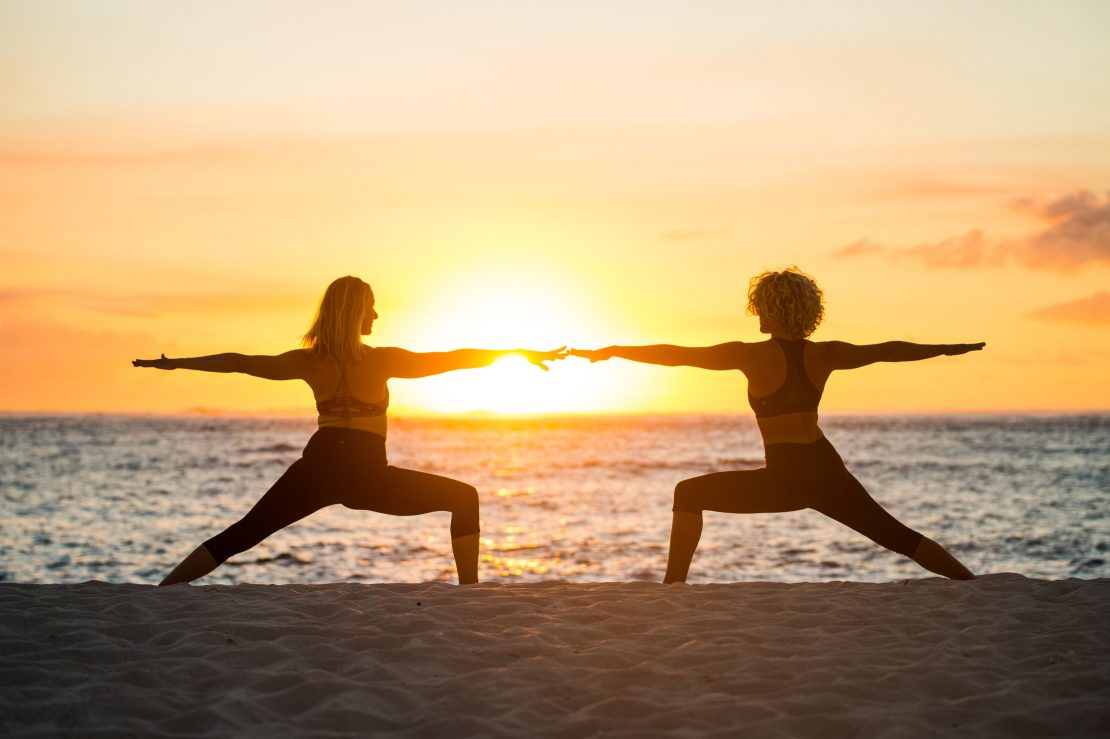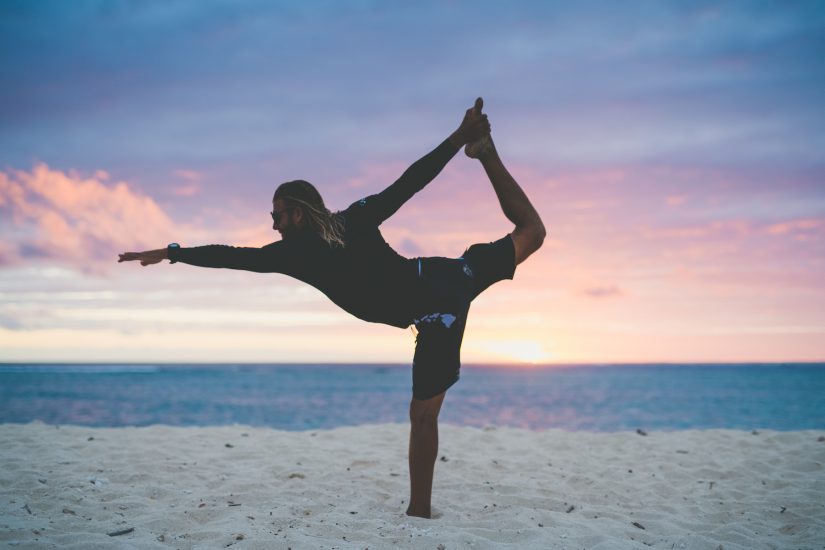Yoga and surfing go together like strawberries and cream but for many of us this realisation comes too late or seems like too much hassle. We end up arriving on our big trip unfit, under-prepared and wasting waves.
Investing just a little time each day in the lead up to your trip is going to pay off in spades (and of course waves). It doesn’t have to take forever and you don’t need to dedicate hours every week in a yoga studio to manage pain and create greater mobility. Just a few minutes every day is plenty. If you’re planning a surf trip it’s a good idea to start preparing your body a few months in advance and yoga is the most complete way to get physically and mentally primed.
Yoga works to simultaneously build strength and mobility, lengthening areas that become tight with use and strengthening areas that aren’t usually under pressure to perform. It’s also an amazing way to develop breath and greater mental awareness! Remembering to breathe when you’re on a wave, relax when you’re held underwater for a few seconds and not getting upset when that kook drops in on you…
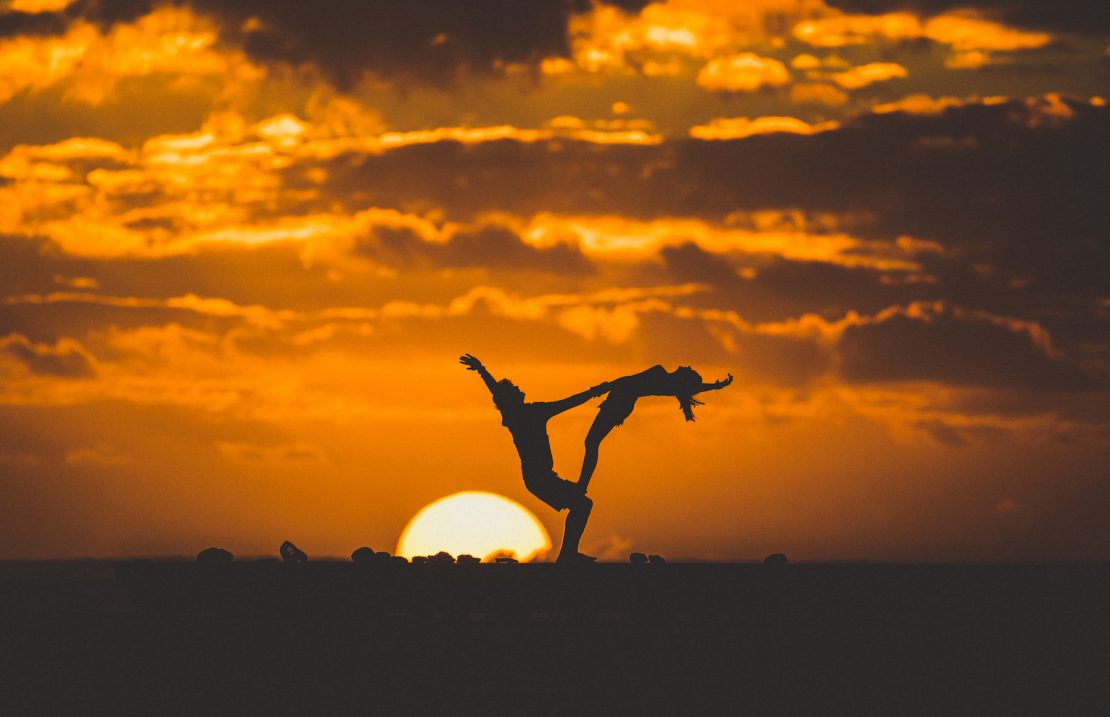
Preparation & consistency is key
It takes weeks, months, even years, to reshape your body. Tight muscles need lots of consistent stretching to lengthen and weak muscles take time to develop so don’t expect overnight results so don’t lose heart and give up if you don’t see results in a month. Give it at least three months to see some results and start prep’ing for your trip with plenty of time.
If possible work with an experienced yoga instructor, physiotherapist or Pilates coach to identify where you need to work on and how you can do it.
If you are going to tackle this on your own, go slowly – that means moving in/out of poses slowly, not pushing too hard or overdoing it and being consistent. A little bit each day is much better than just one big session every week or two.
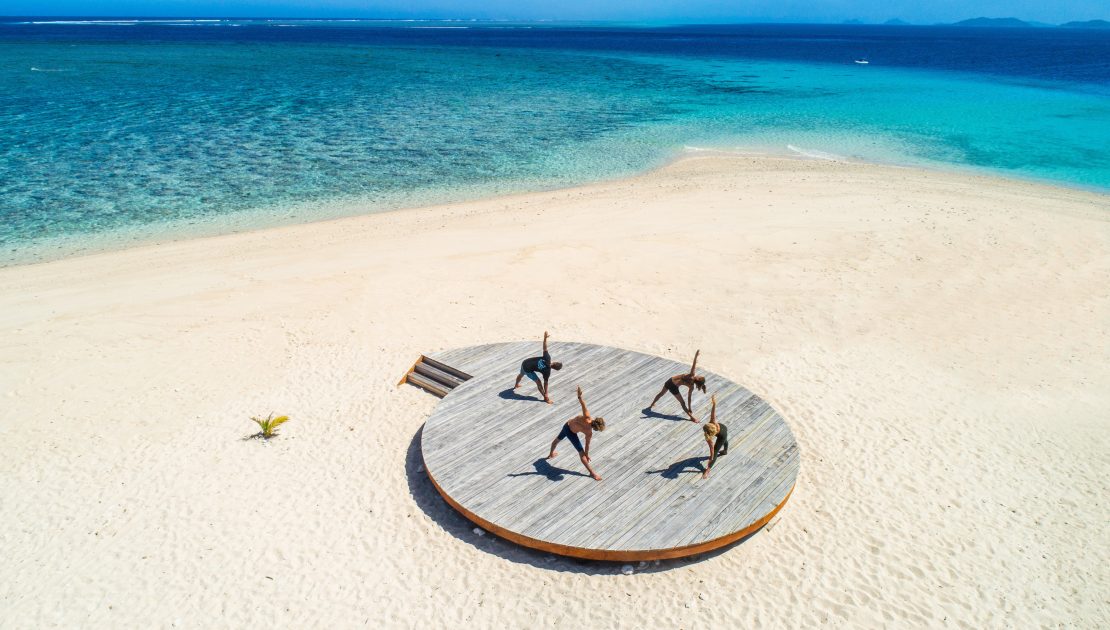
Yoga poses to prepare for your surf trip
For many of our guests coming from the corporate world into a week of surfing and activity has a whiplash effect that is hard to prep for.
Both kiting and surfing place a lot of strain on the back, either through compression (think kiting over choppy water and taking heavy landings), though tightening up glutes or from simply being in an unfamiliar posture (paddle surfing challenges beginners’ backs because the muscles that run along the spine aren’t used to working so hard). The core abdominal muscles are also put under some new pressures like keeping the spine and pelvis stable despite being tugged by the harness/kite or popping up when paddle surfing.
There are a ton of yoga poses that work these areas and are great preparation for your surf or kite trip. Here are just a couple…
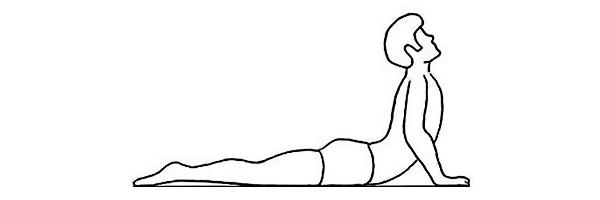
COBRA (BHUJANGASANA)
WHY? Opens chest, tones extensors on back, strengthens upper body, light backbend.
HOW? With your hands planted on the ground underneath your shoulders, press the shoulders up and draw them back so the shoulder blades hug toward the midline. Turn on the glutes to stabilise the pelvis and tilt it downward. Press the pubic bone and tops of the feet into the ground and lift knees off ground. Look forward.
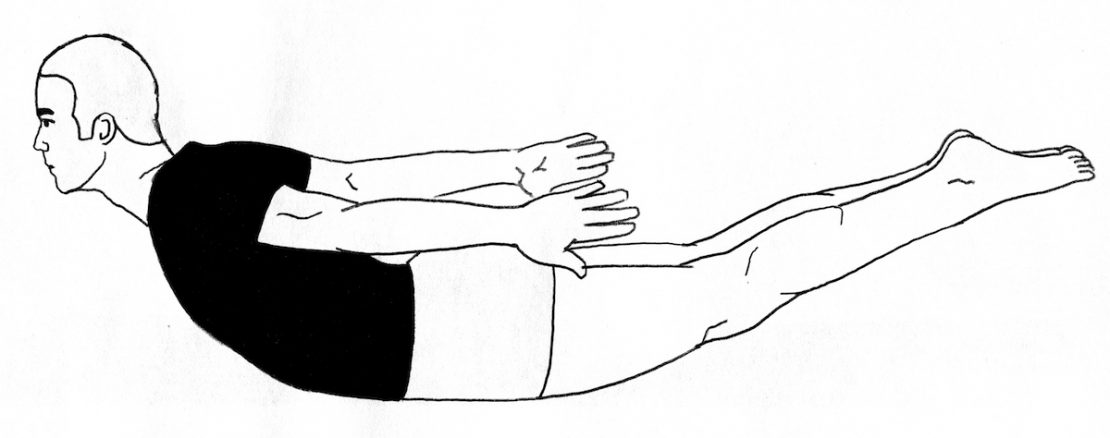
LOCUST (SALAMBASANA)
WHY? Strengthens extensors on the back and shoulders. Stretches back.
HOW? Lying on your stomach, press the pubic bone to the floor and squeeze the glutes, drawing the tailbone towards the feet. Start to peel the shoulders from the ground and reach the hands back towards the feet. You may lift the feet and legs or keep them grounded. Hold for 3-5 breaths and repeat.
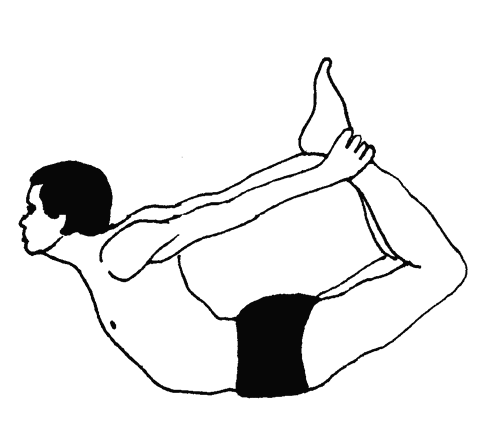
BOW (DHANURASANA)
WHY? Opens and stretches chest, shoulders and back. Strengthens back extensors.
HOW? First decide whether this pose is going to suit you. If your back felt uncomfortable in locust, skip this one.
Lying on your stomach, bend the knees (you can allow them to go wider than hip width distance) and grab the feet or ankles. Squeeze the glutes and start to kick the feet up and back, stretching the shoulders. Use the muscles on your back and your legs to go higher.
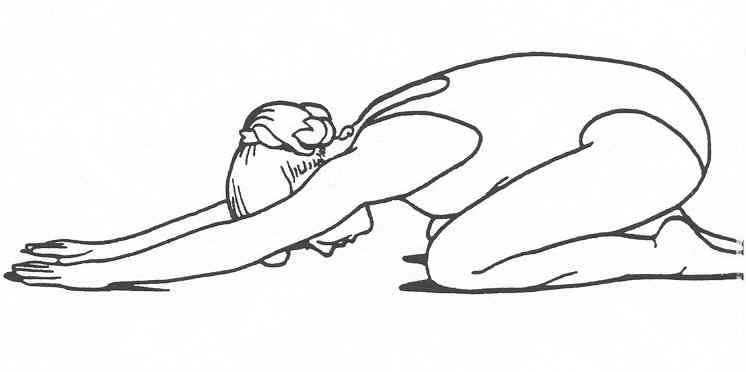
CHILDS POSE (BALASANA)
WHY? Stretches back, hips and allows abdominals and organs to relax.
HOW? From bow pose or locust, very slowly press your hips back toward the heels. You can take the knees apart or keep them together. Let your forehead rest on the ground or the back of your hands. Hold for 10 breaths.
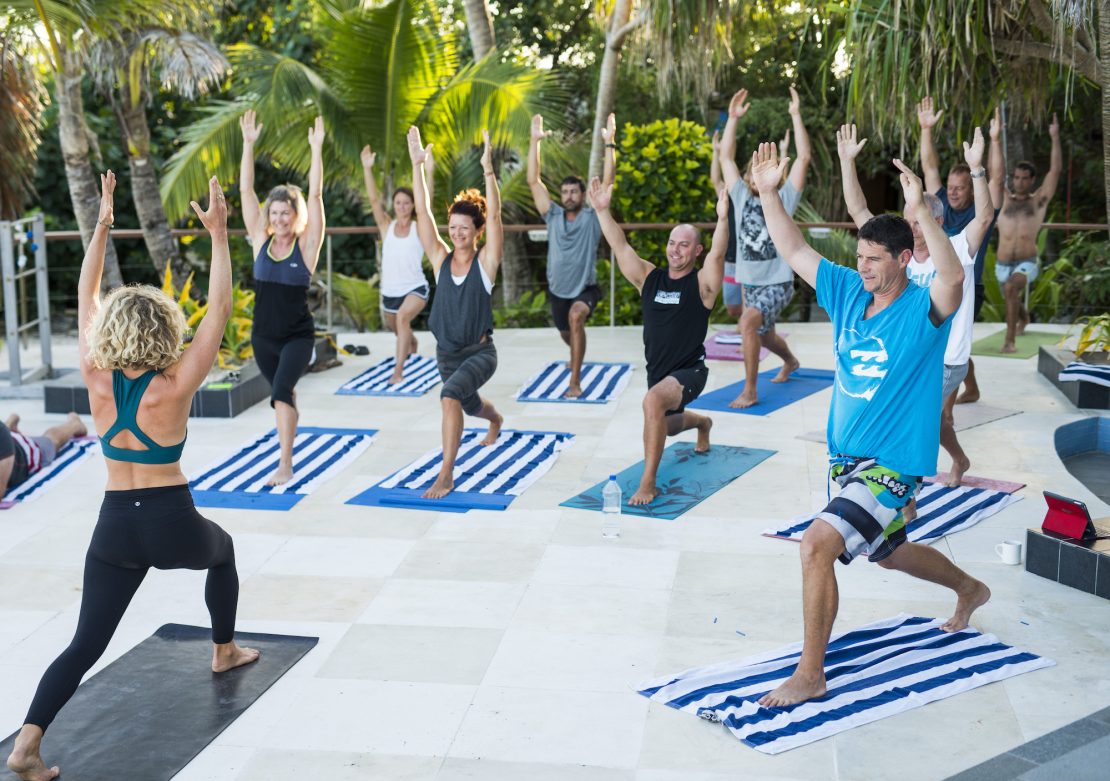
Yoga on Namotu
Suddenly spending 6hrs in the water for 7 days straight is a huge shock for the body and tends aggravate existing injuries or result in muscle soreness. Both kiting and surfing place a lot of strain on the back, either through compression (think kiting over choppy water and taking heavy landings), though tightening up glutes or from simply being in an unfamiliar posture (paddle surfing challenges beginners’ backs because the muscles that run along the spine aren’t used to working so hard). Incorporating yoga during your trip is also vastly beneficial.
We realised how important yoga is for water sports (not just surfing!) a while ago and have since had a resident yoga instructor on all weeks. These yogis from around the world offer daily classes tailored to your needs that ebb and flow around your needs and energy levels over the week.
